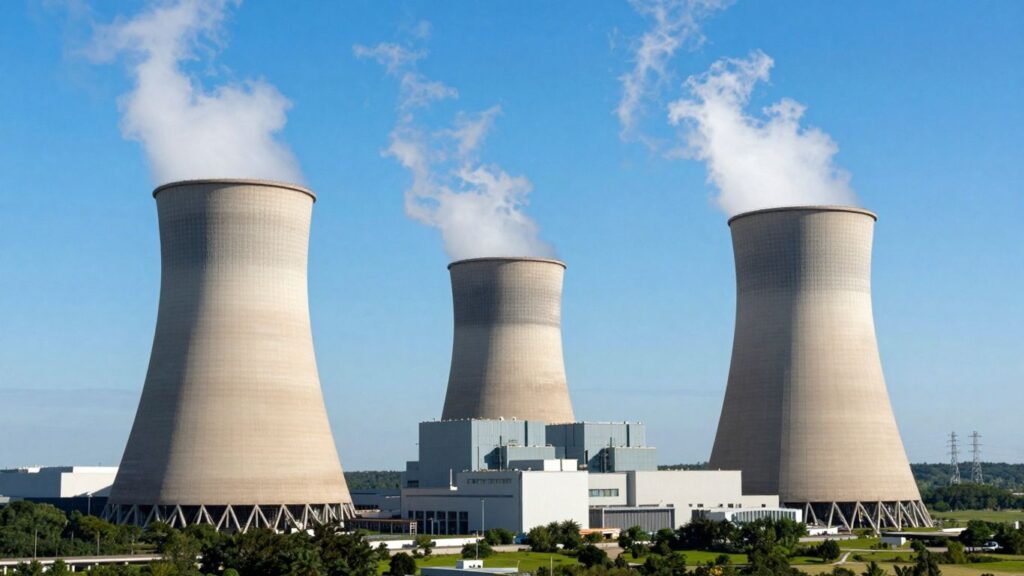The U.S. Air Force is advancing its plans for a groundbreaking micro-reactor project in Alaska, issuing a Notice of Intent to Award to Oklo. This initiative aims to test the viability of small, modular nuclear reactors for powering remote military installations, potentially revolutionizing energy supply for national security infrastructure.
Key Takeaways
- The U.S. Air Force has signaled its intent to work with Oklo on a micro-reactor project in Fairbanks, Alaska.
- The project aims to replace traditional fossil fuels, like coal, with a more reliable and efficient energy source.
- The proposed reactor is a small modular nuclear reactor (SMR) with an output of approximately 5 MW.
- This move aligns with broader U.S. energy policy promoting nuclear power and energy independence.
A New Era of Military Power in Alaska
The U.S. Air Force is taking a significant step towards modernizing its energy infrastructure by planning to deploy a micro-reactor at Eielson Air Force Base near Fairbanks, Alaska. This initiative, coordinated with the Defense Logistics Agency Energy Office, represents a potential shift away from the substantial logistical effort of transporting coal to power the remote base.
Small modular reactors (SMRs), defined as yielding less than 50 MW, are gaining traction for their potential to be mass-produced, shipped to desired locations, and offer a more cost-effective, scalable, and safer alternative to traditional nuclear power plants. Their suitability for remote locations makes them particularly attractive to the military.
Project Details and Future Implications
While the agreement is not yet a firm contract, the Notice of Intent to Award to Oklo signifies a major advancement. If a contract is finalized, it would likely involve a 30-year fixed-price power purchase agreement, encompassing the construction, operation, maintenance, and eventual decommissioning of the reactor, pending Nuclear Regulatory Commission (NRC) licensing.
The demonstration reactor is expected to have an output of around 5 MW, contributing to the base’s overall 35 MW power needs. The modular design allows for future expansion by adding more units if required. Crucially, the reactor would provide both electricity and heat, a vital feature for a region like Alaska where temperatures can plummet to minus 50 °F (-45 °C).
The choice of nuclear fuel is still under consideration, with high-assay, low-enriched uranium (HALEU) and TRISO (Tristructural-isotropic) fuel pebbles being the primary candidates. Both fuel types offer the advantage of operating for up to 15 years without needing refueling.
Secretary of the Air Force, Frank Kendall, highlighted the project’s strategic importance, stating, "This microreactor pilot could position Alaska and the nation at the forefront of energy innovation – leading us to a new era of safe, secure, and reliable energy." He further emphasized its potential to shape future energy strategies for national security infrastructure, especially in the Arctic, where energy reliability is paramount given evolving threats.












